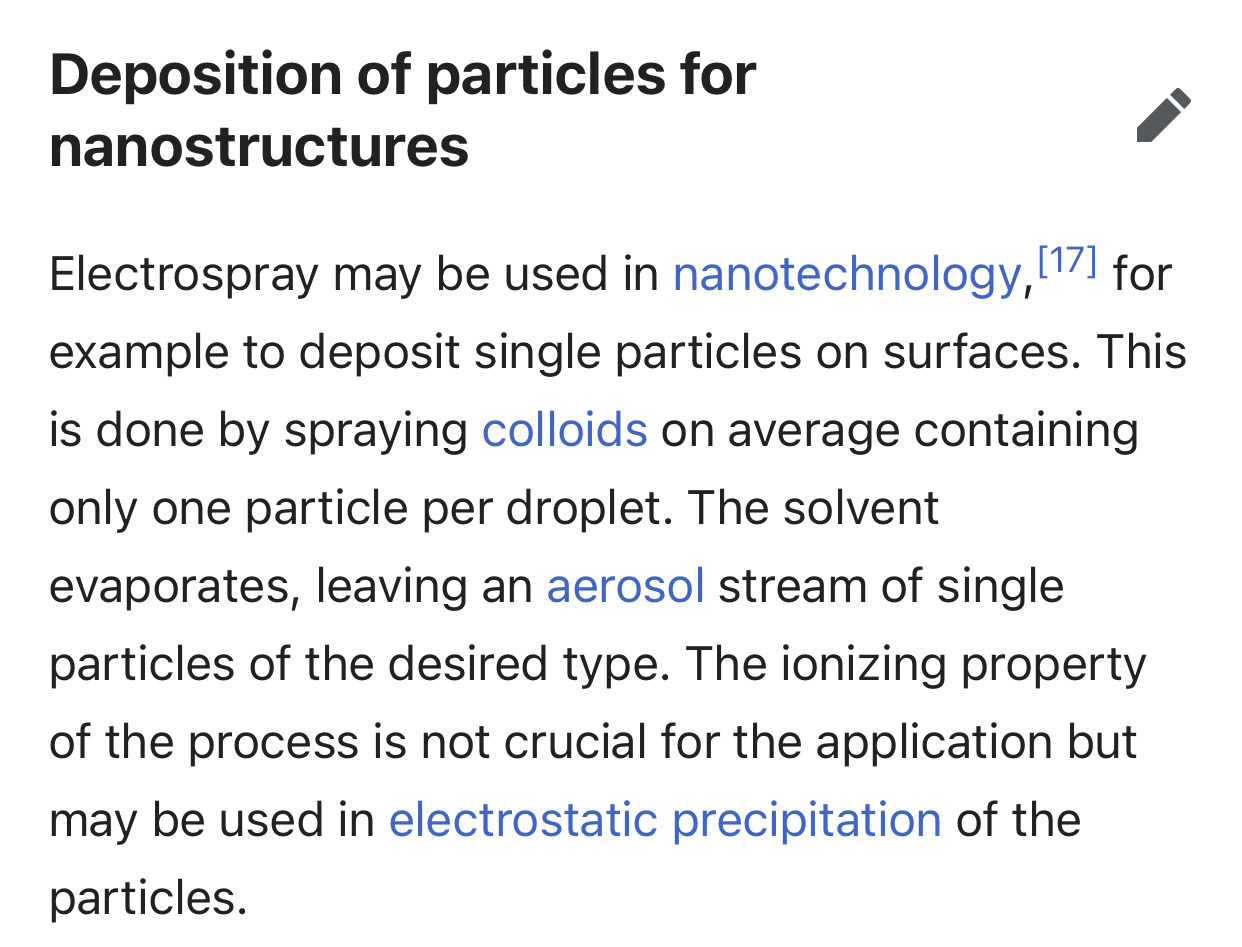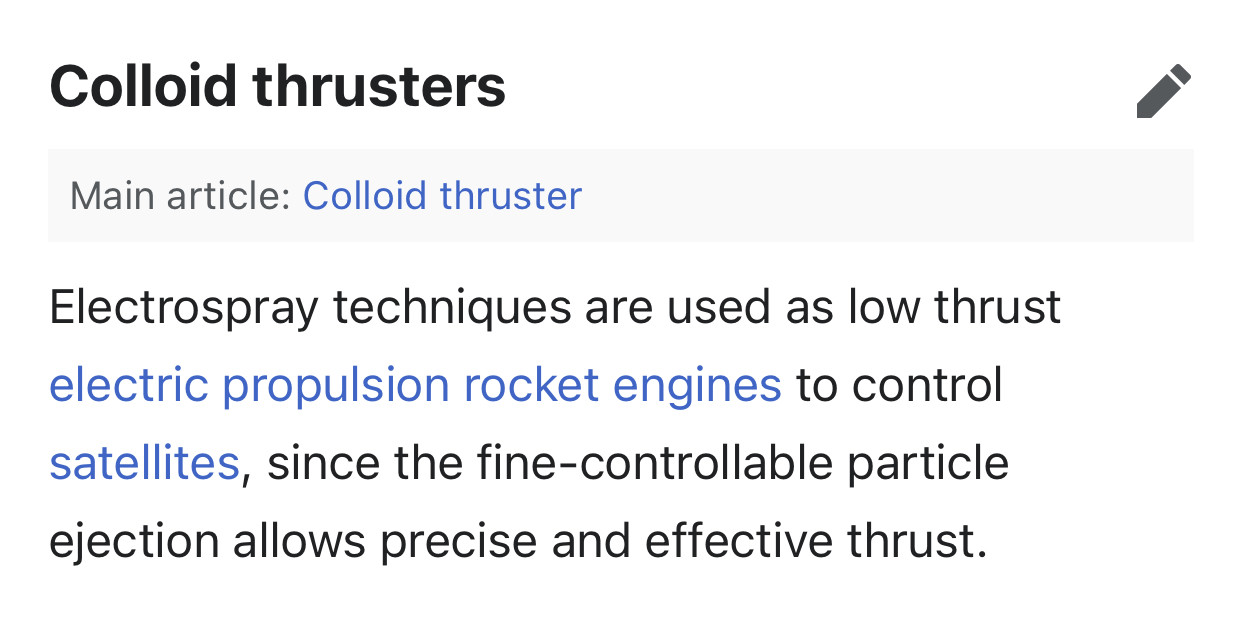The most dangerous frequencies of electromagnetic energy are X-rays, gamma rays, ultraviolet light and microwaves. X-rays, gamma rays and UV light can damage living tissues, and microwaves can cook them.
10 out of 10 people die... Do you still feel special?
from my understanding...
ionizing radiation is the most dangerous to cells... gamma/xray waves
non-ionizing radiation is still bad, but does not mutate cells into cancer at the level ionizing does ... micro/radio waves
Who better to ask?
https://www.who.int/news-room/q-a-detail/radiation-ionizing-radiation
Ionizing radiation is radiation with enough energy that to remove tightly bound electrons from the orbit of an atom, causing that atom to become charged or ionized.
Here we are concerned with only one type of radiation, ionizing radiation, which occurs in two forms: waves or
particles.
Ionizing radiation is any type of particle or electromagnetic wave that carries enough energy to ionize or remove electrons from an atom.
Ionizing radiation is a type of energy released by atoms that travels in the form of electromagnetic waves (gamma or X-rays) or particles (neutrons, beta or alpha). The spontaneous disintegration of atoms is called radioactivity, and the excess energy emitted is a form of ionizing radiation.
the excess energy emitted is a form of ionizing radiation.
A radical ion is a free radical species that carries a charge.
Electron ionization (EI, formerly known as electron impact ionization and electron bombardment ionization) is an ionization method in which energetic electrons interact with solid or gas phase atoms or molecules to produce ions. EI was one of the first ionization techniques developed for mass spectrometry.
The high energy electrons come from an 'electron gun' which is a hot wire filament with a current running through it that emits electrons. This usually knocks off one electron from each particle forming a 1+ ion.
Superparamagnetic iron oxide nanoparticles (SPIONs) are the most extensively used functional nanomaterials as antibacterial agents, and for other biomedical applications due to their unique physical, chemical, magnetic and biocompatibility properties.
Applications of iron oxide nanoparticles include terabit magnetic storage devices, catalysis, sensors, superparamagnetic relaxometry, high-sensitivity biomolecular magnetic resonance imaging, magnetic particle imaging, magnetic fluid hyperthermia, separation of biomolecules, and targeted drug and gene delivery for medical diagnosis and therapeutics. These applications require coating of the nanoparticles by agents such as long-chain fatty acids, alkyl-substituted amines, and diols.[citation needed] They have been used in formulations for supplementation.
Electrophoresis is a laboratory technique used to separate DNA, RNA, or protein molecules based on their size and electrical charge. An electric current is used to move molecules to be separated through a gel.
"An electric current is used to move molecules to be separated"
dipole moment
PHYSICS•CHEMISTRY
the mathematical product of the separation
of the ends
of a dipole
and the magnitude of the charges.
Piezoelectricity is the electric charge that accumulates in certain solid materials in response to applied mechanical stress.
Acoustic levitation is a method for suspending matter in air against gravity using acoustic radiation pressure from high intensity sound waves. It works on the same principles as acoustic tweezers by harnessing acoustic radiation forces.
Ultrasound is sound waves with frequencies higher than the upper audible limit of human hearing. Ultrasound is not different from "normal" (audible) sound in its physical properties, except that humans cannot hear it. ... Ultrasonic devices are used to detect objects and measure distances.
Ultrasound waves can be generated by material with a piezoelectric effect. The piezoelectric effect is a phenomenon exhibited by the generation of an electric charge in response to a mechanical force (squeeze or stretch) applied on certain materials.
A promising approach for wireless and non-invasive neural stimulation is represented by the exploitation of piezoelectric nanomaterials [11].
When subjected to mechanical deformations, piezoelectric nanotransducers are able to generate electric potentials on their surface by virtue of the direct piezoelectric effect [12];
moreover, their activation can successfully be obtained by choosing various sources of mechanical stimulation, including vibration plates [13], sounds [14], and ultrasounds (USs) [15].
In this context, USs are able to penetrate biological tissues at a considerable depth (even tens of centimeters, depending on tissue acoustic impedance and US frequency [16]), and can be efficiently focalized through hyperlenses in the specific region where piezoelectric nanoparticles are located, thus allowing for a remote stimulation with high spatial resolution [17].


